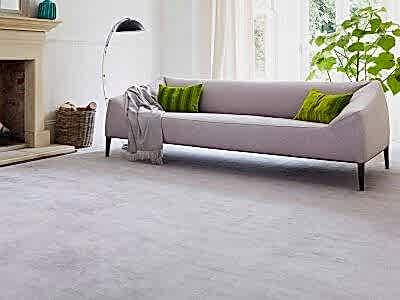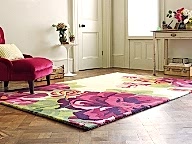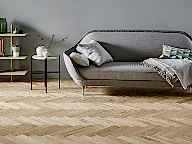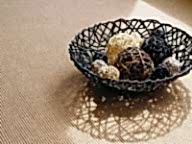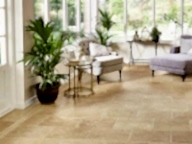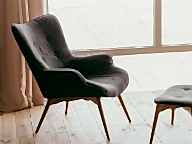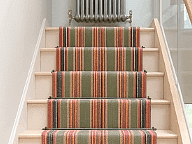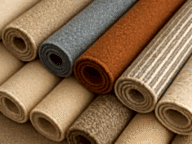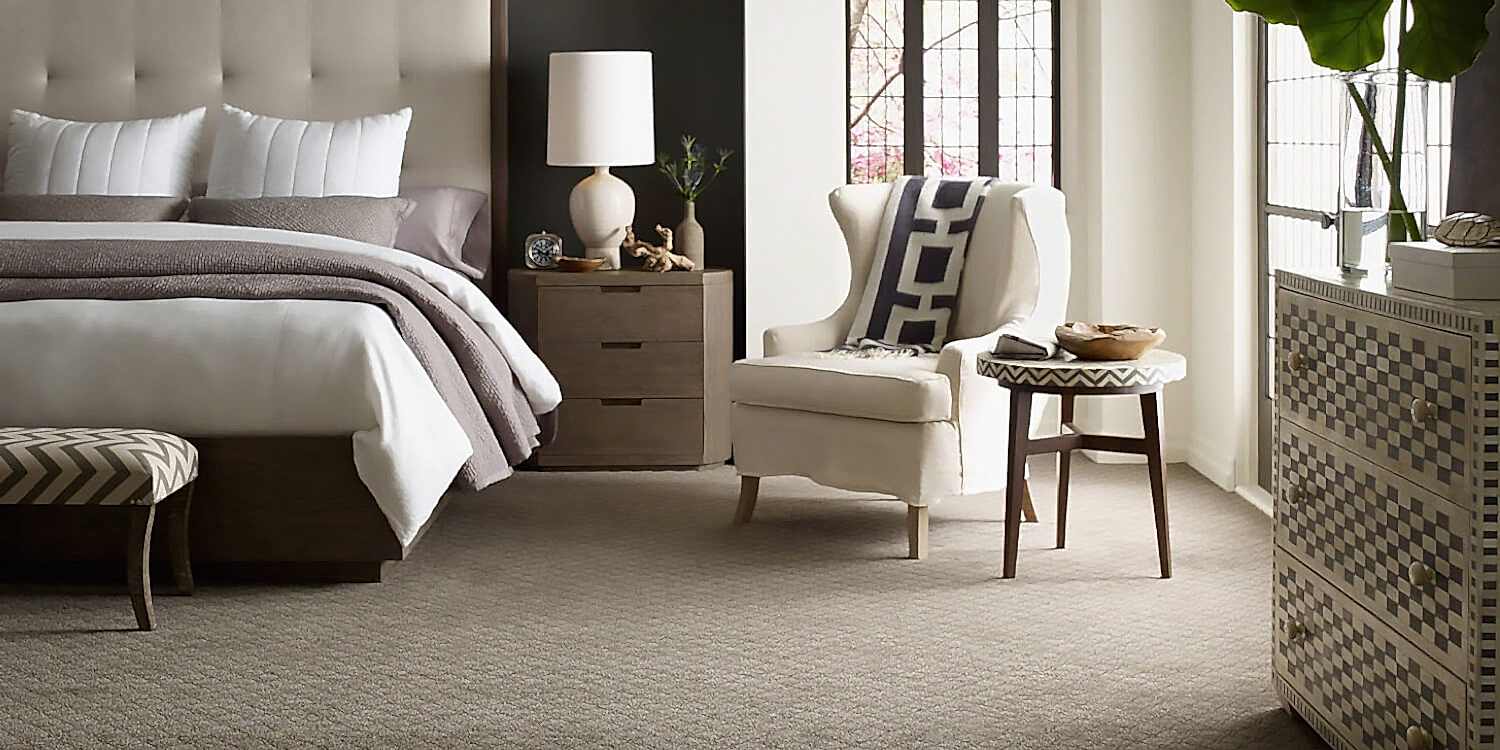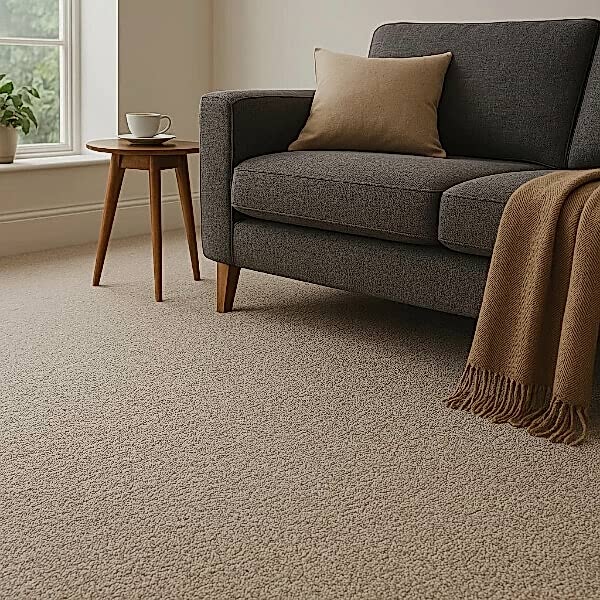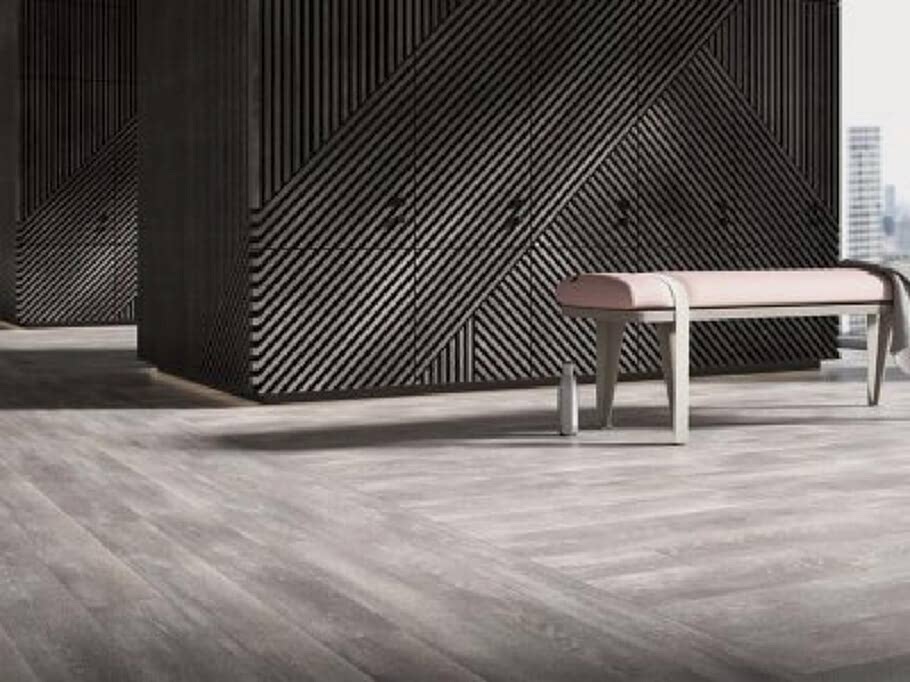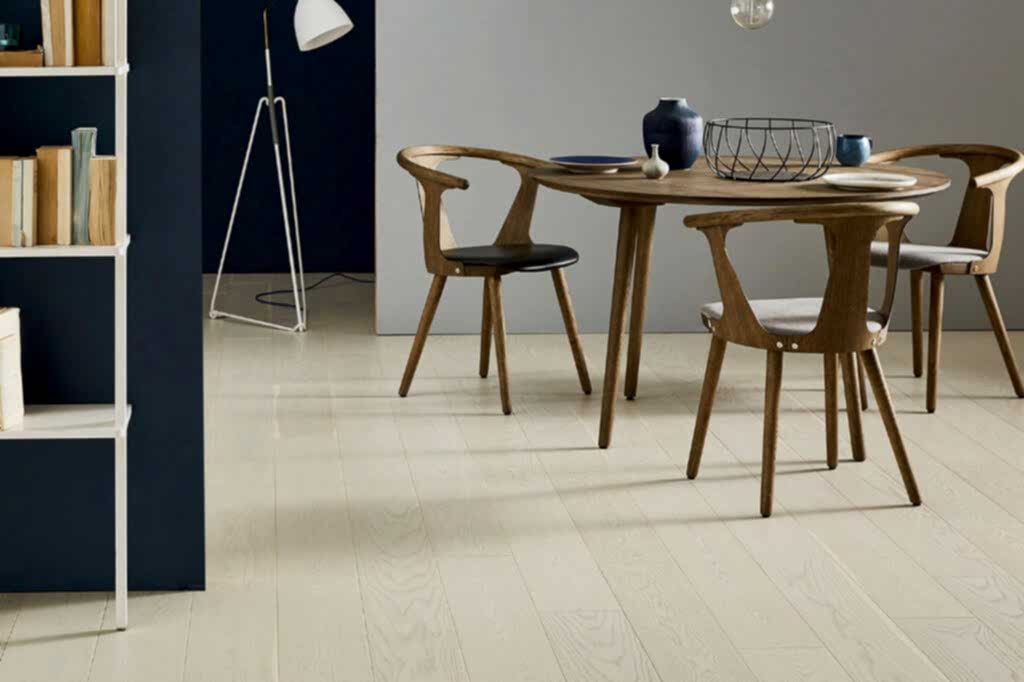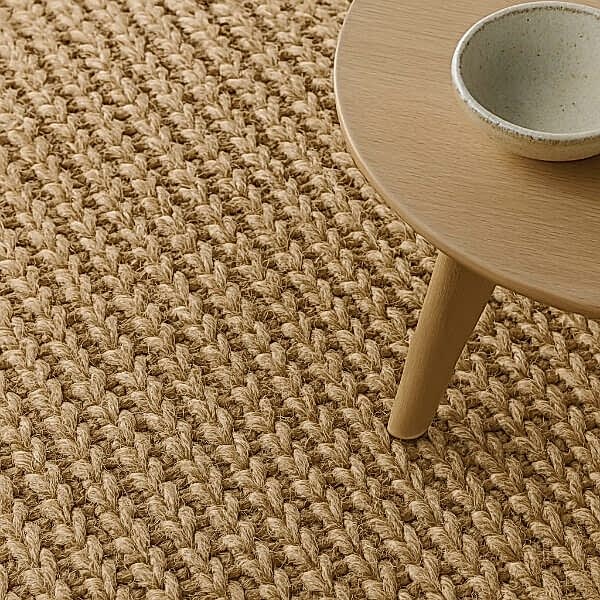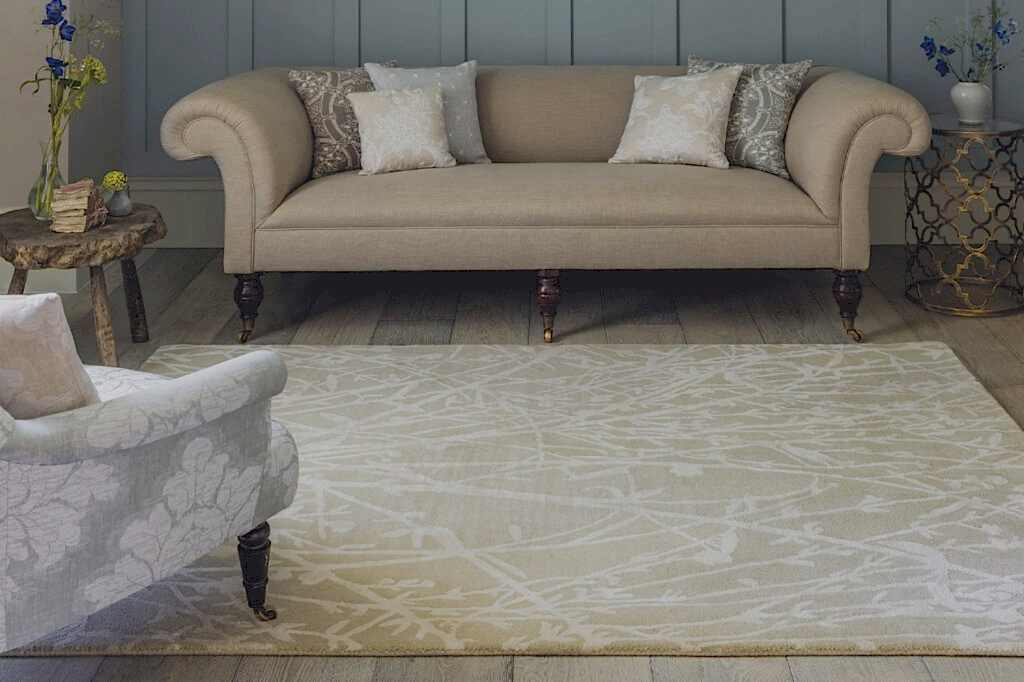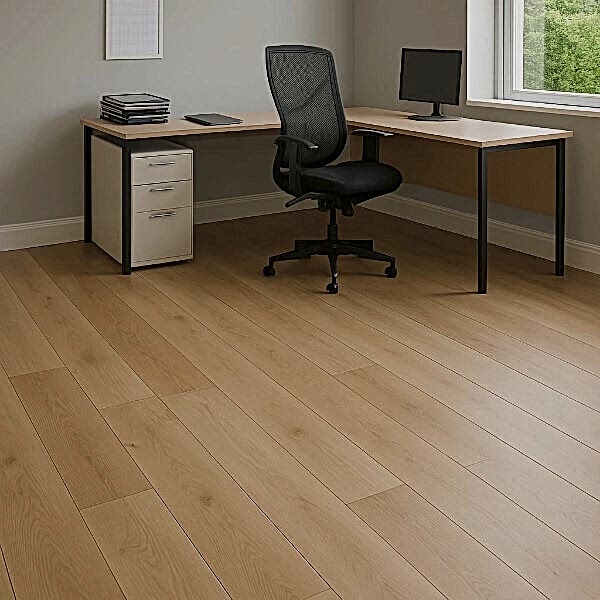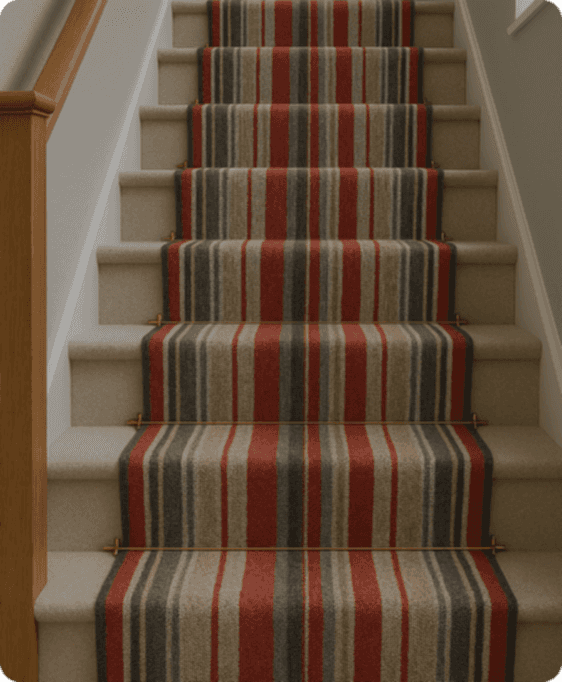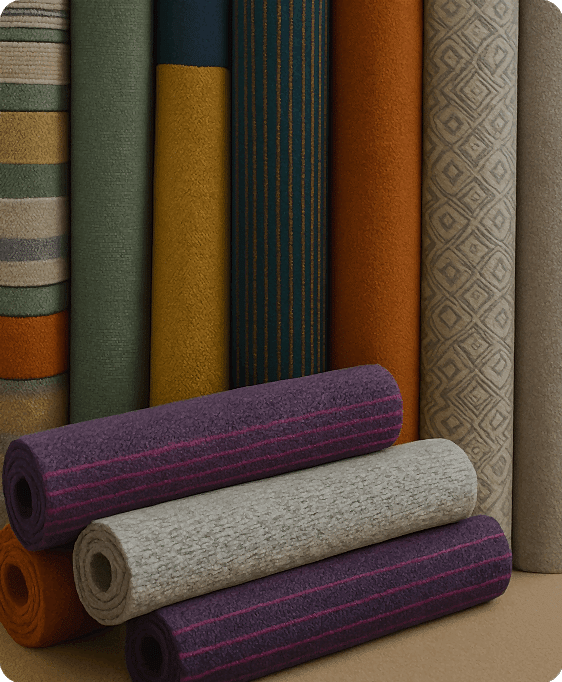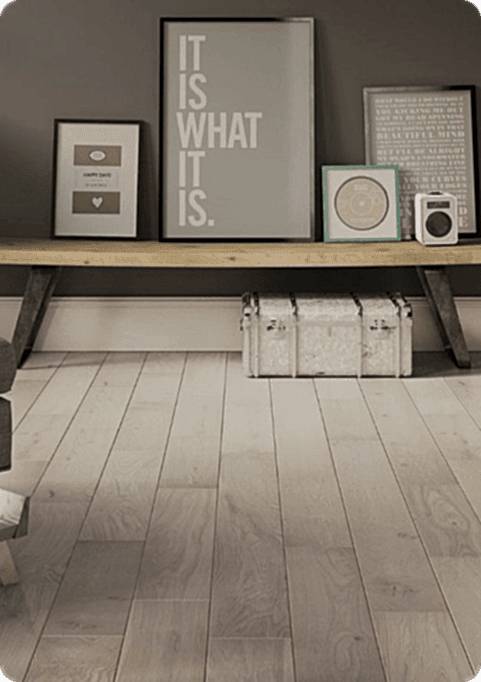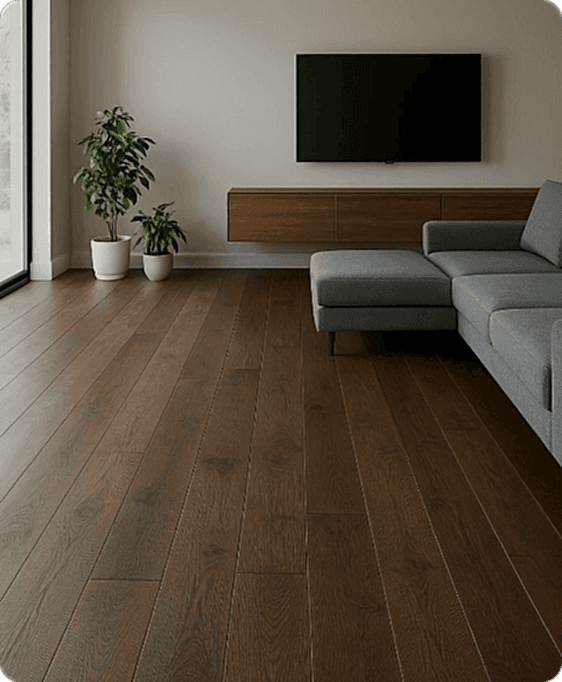Table Of Contents
How do you find the right coverings for your floors? Here are a few tips to help you make the right decisions.
Let’s firstly cover the different types of pile.
Velvet This pile is as per its name smooth and has a strong pile direction which when brushed in different directions shows differing colours shades due to how the light strikes the pile. When you vacuum it, it is like ‘mowing a lawn’.
Overtime and use you tend to get some tracking and pressure marking where you walk and don’t walk. This applies to all carpet pile types too, not just velvets.
Saxony Very similar to the velvet but a thicker and plusher pile. Actually, this accentuates the shading and pressure marking.
Twist this is a popular pile type as it is shorter and the yarn is twisted, it has a pile direction and does show some pressure and traffic marking but to a much lesser degree than a velvet or saxony. Twist piles are graded by weight, gauge and yarn. Generally, the yarn is either ‘single’ (one piece of yarn) or 2 ply (two threads twisted together to make one thread). The difference is price, the two-ply yarns being the dearer. What’s the real difference? Simply put, the way the carpet looks when it is 5 and then 10 years old.
Loop Piles. These too are popular as the varying loops / weaves provide texture and differing looks. They don’t have a strong pile direction and therefore do not shade and mark as per the twist, velvet and Saxony.
The quality varies by the yarn, singles, doubles etc up to a six ply. Also, the quality of the wool has a bearing too. Generally, price is a good ‘barometer’ here. Do they flatten too from use? Yes, but dependant on quality and yarn they do not flatten as much as a ‘pile’ type of carpet.
To conclude, pile types, essentially short and tight construction, less flattening and tracking, the thicker it is the more tracking and to some degree flattening.
IF YOU ARE CONCERNED ABOUT YOUR CARPETS PERFORMANCE IT COULD BE HELPFUL TO READ THE MAINTAINACE GUIDE TOO??
Colour and pattern. This decision is just as important as the type of pile you choose. Here best illustrated is a question I often use to a new customer when they say I want a carpet. Kids, dogs? If they answer yes, then I reply a patterned carpet is what you need. Why patterned? Because it won’t show the spills and knocks of life very easily. Perfectly plain will show marks and spills very easily. So essentially if you do want a fairly plain look but you do have ‘Kids and dogs’ then consider finding something with a fleck, texture or small pattern so it can take the marks it will receive. Very light colours make areas appear bigger BUT sensibly pick a colour that will cope with everyday traffic and not continually need cleaning.
Wool versus Manmade
Again, let’s keep it simple, wool is resilient soft and good tempered. Price is a good indicator of the quality of the wool. Standard wool cheap, better wool “British wool Marked ” Best wool New Zealand. 100% wool versus 80/20 Wool manmade? Man made fibre is much harder than wool so its addition to the mix makes the carpet wear longer.
Polypropylene is the fibre used in the majority of man-made carpets and its biggest benefit is that it is stainproof. Yes, even hot coffee and tea. It is not as resilient naturally as wool so the yarn spinners responsible for the better qualities set the yarn with heat. Today it is an excellent fibre for carpet and it has a lower static rating than wool!
Nylon comes in various names Antron, iSense and Timbrelle by ICI. It too is hard wearing and often added to wool to assist wear. More expensive and better than Polypropylene very very stain resistant but it is not stain proof.
This is a short and simple guide to carpet buying from 50 plus years selling it. There are so many aspects and factors, if you need more knowledge, test us !
You also need to know a few important facts about Carpets so that you are aware of the possible queries you could encounter when the carpet is installed.
Colour ? The colour of the sample you are choosing from will not be exactly like the one delivered. Carpets are dyed and therefore there is some variation from batch to batch also most manufacturers don’t colour match in different widths, there are a few that do.
Widths? Manufacturers are allowed a tolerance in finishing so a 4 or 5 metre wide can come 1.25% +- that’s a little under and over size.
Colour change. Some pure wool loop natural colour carpets are subject to an initial fade, they tend to be a little stronger and ‘golden’ and adjust to your chosen colour over a few weeks.
Joins if the width of your rooms means joins have to be made, they tend to show most when first done and they settle and improve overuse and time. Cut pile carpets generally join better than looped piles.
The joins are strong and durable as generally they are ‘heat seamed’ to ‘weld’ the edges together.
Pole and pressure marks Sometimes when your carpet is fitted we find lighter or bands of a slight colour difference running across the width of the carpet this is not a problem it is caused simply from the pile at the bottom of the roll being slightly ‘crushed’ from storage and transportation. We call this pressure bands and it goes away with use so vacuum regularly and the pile soon equalises, and the marks go. Sometimes approximately 12-18” in from one end of your room there may be a line mark rather like a join, this is caused by end of the carpets edge pressing into the pile as it is rolled up. Again, vacuum well and it will disappear.
If after a few weeks these marks are not disappearing, please contact us and we can organise a visit to inspect the problem and then get it rectified.


